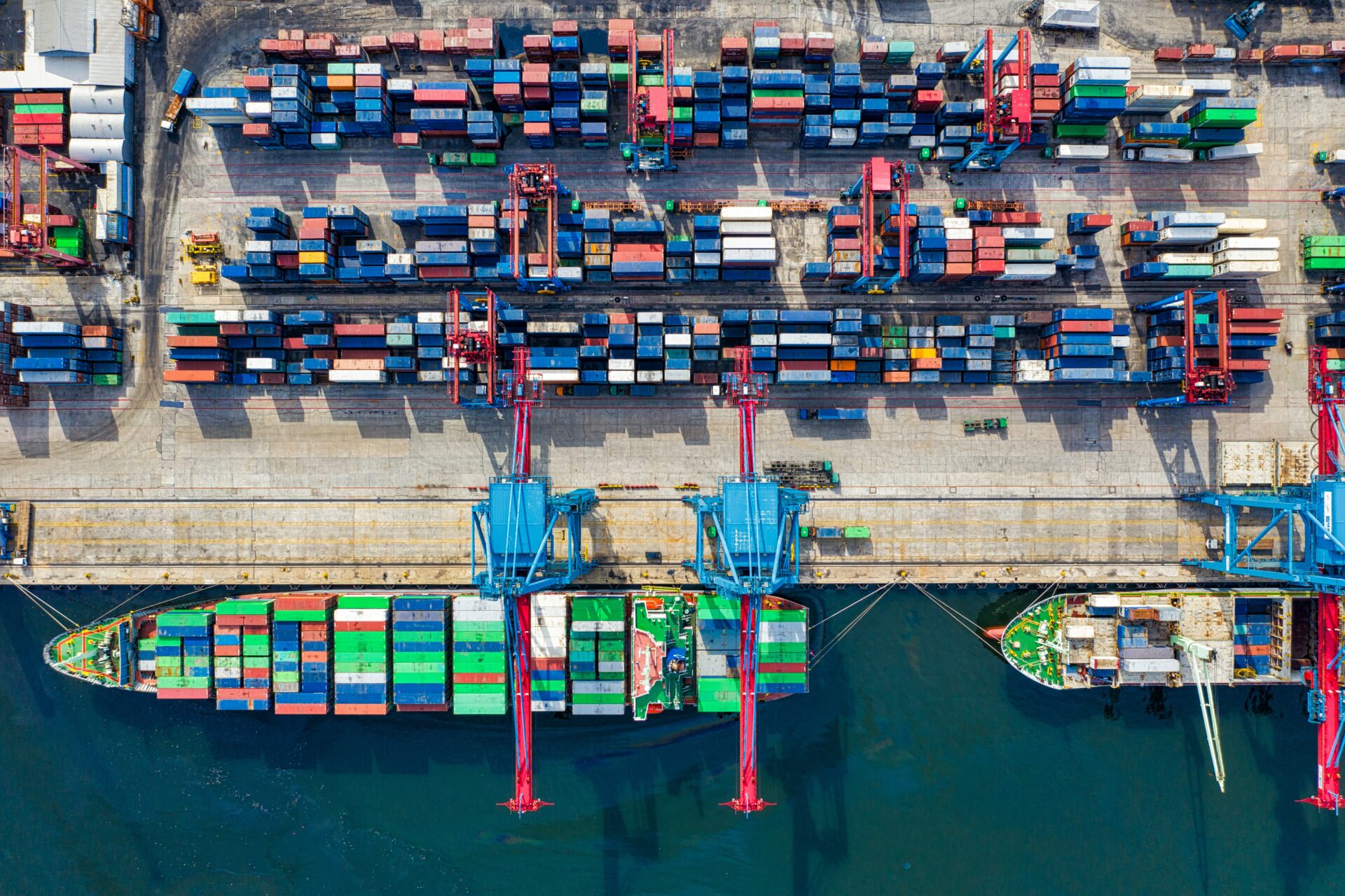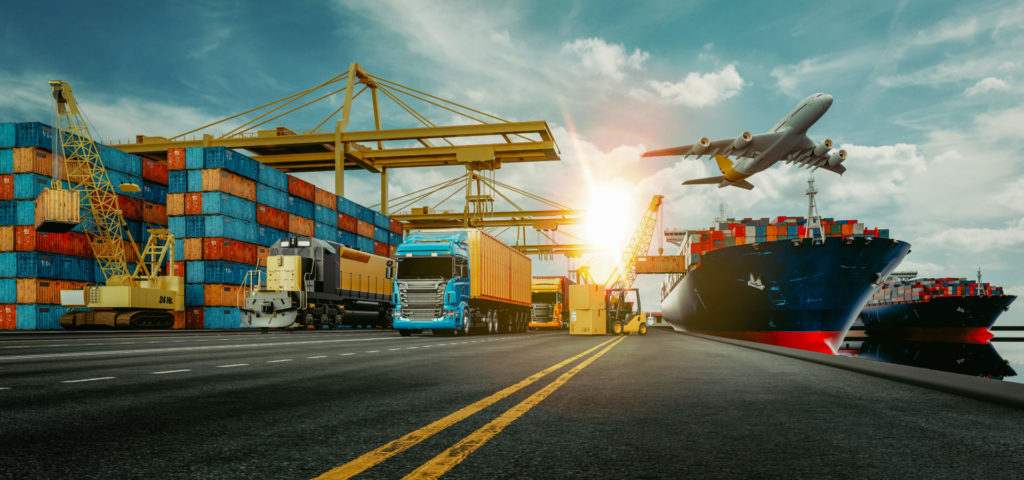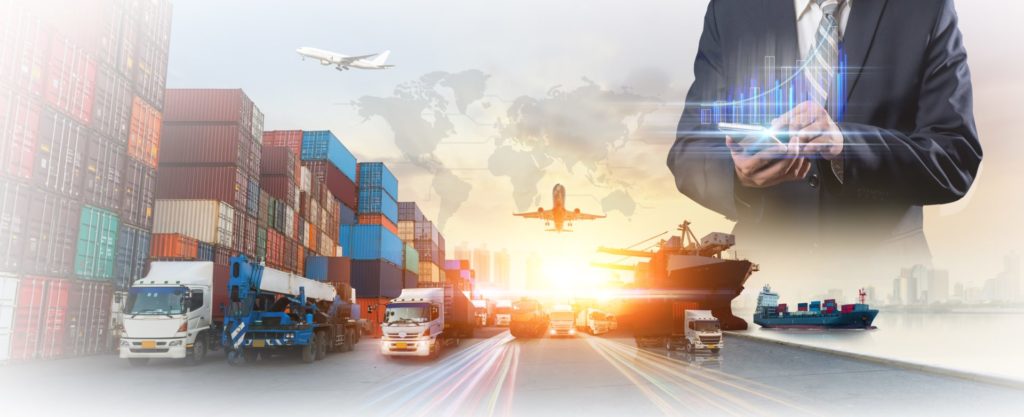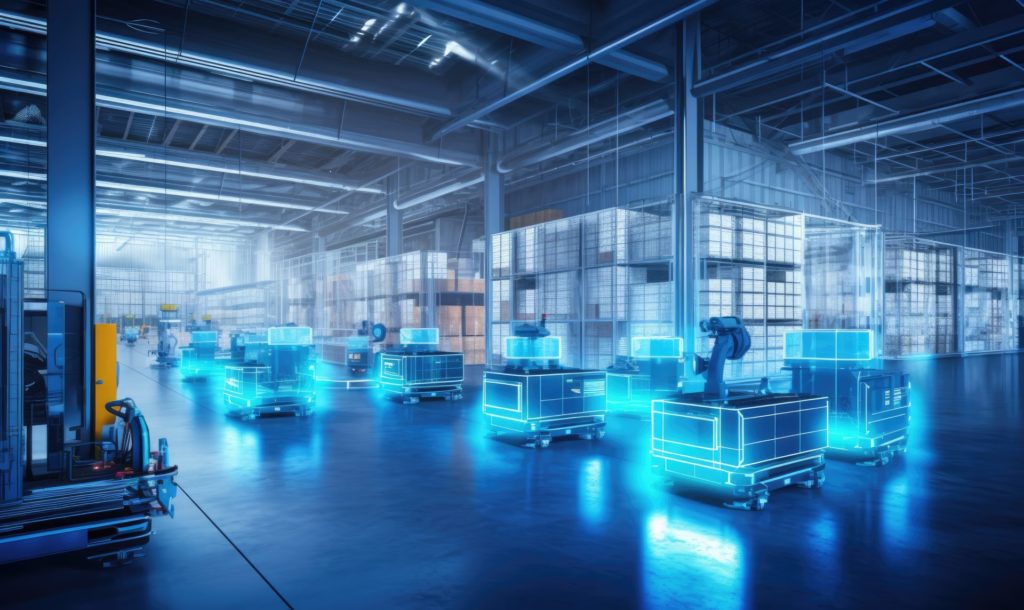Although vaccination rates are improving and South-East Asia’s economic recovery has begun, the COVID-19 pandemic has nevertheless exposed the fragility and instability of pre-existing value chains. Traditional processes may have worked well enough in the past, but at the cost of leaving businesses highly vulnerable to the kinds of changing external conditions we routinely see today.
Indeed, regulations alone – such as lockdowns, travel bans, temporary shut-downs, and social distancing – have had enormous ripple effects in SEA countries. Because every economy is interconnected, such restrictions disrupt all businesses that are part of the same value chain, from sourcing and procurement, all the way through to production and even sales.
For many businesses, these disruptions brought renewed urgency to projects such as optimisation, risk management, and technology transformation, just to name a few. By reflecting on the challenges and solutions surrounding value chains over the past year, it becomes possible to learn important lessons for survival and growth in a post-pandemic world.
As such, here are five key elements of the value chain that were disrupted by the pandemic, alongside the countermeasures that businesses have adopted to overcome them.
Commodity trading
The commodity trading market has been, and will continue to be volatile. Each disruption within the commodity supply chain is likely to lead to a surge or dip in price. The pandemic has created major supply chain disruptions affecting the SEA region, notably including Indonesia’s recent LNG shortage, which had a knock-on effect on Singapore’s LNG inventory, leading to a shortage in supply amidst the global increase in demand.
Building resilience in commodity trading requires a careful strategy, informed by experience and an understanding of the complex interconnectedness of the commodity trading market. It is also important to integrate advanced technologies such as predictive analytics, machine learning, and artificial intelligence within commodity trading processes. These tools can help by identifying new trends quickly, and detecting red flags that should be addressed early on.
Sourcing and procurement
Over the past 18 months, nationwide lockdowns and other disruptions have forced work stoppages across SEA, leading to inventory shortages that have disrupted the whole supply chain. In most cases, however, such bottlenecks become serious and lasting problems only when businesses fail to diversify their sourcing and procurement efforts. If companies take supply for granted, they are more likely to neglect this important step – leaving themselves exposed by putting all their eggs in one basket.
By sourcing through a variety of channels, companies can engage with multiple suppliers and remain better prepared for unexpected disruptions. Furthermore, with prices continuing to fluctuate, a diversified supply allows your organisation to pursue the most cost-effective deals wherever they may appear.
Manufacturing
The pandemic has caused more than 500 factories to shut down in Thailand alone, reflecting the danger of infections spreading among employees. However, simply waiting for the pandemic to pass is no solution either, as factory closures mean losing valuable revenue for each day of inactivity.
Proper health and hygiene policies, such as providing PPE onsite, screening all visitors for COVID symptoms, and frequently cleaning ventilation equipment, should become standard in every production facility. Manufacturers should also consider investing in robotics and advanced machinery to avoid overcrowding in the workplace, and to reduce the overall cost of production.
Supply Chain and Logistics
The ongoing US-China trade war and the China Plus One strategy have led companies to diversify their supply chains, or even relocate production – often taking advantage of favourable conditions in the SEA region. While these moves often reflect sound judgment, the resulting increase in shipments may be hampered by existing travel and work restrictions, causing several outbound logistical delays. These incidents could be costly, especially during the holiday “crunch” seasons.
Logistics in and around SEA depends on maintaining effective communication with supply chain partners. Operators should also consider integrating “smart logistics” processes, with cloud-based GPS and Bluetooth Low Energy (BLE) asset tracking systems in place that can provide real-time insights into asset location, suggest ideal routes, and detect potential red flags.
Technology transformation
According to a recent survey, almost half of manufacturing and supply chain industry professionals in ASEAN believe they are falling behind in the effort to incorporate digital tools in their operational processes. The problem, of course, is that digitalisation and technology transformation in the supply chain web are easier said than done. Not every business has the relevant experience, or talent, to make the necessary upgrades and train staff to use them effectively. Integrating new technology requires a complex process of labour upskilling, outsourcing, technology installation, and even making refinements to company culture.
To overcome this challenge, more businesses in the SEA are starting to upskill their own labour, or reach out to professional recruitment firms to find talent that can make these upgrades successful. The need for tech transformation has heightened during the pandemic, as operational restrictions incentivise automated digital solutions for many businesses.
Strengthening the value chain
COVID-19 wasn’t the first major disruption to the business world, and it won’t be the last. Businesses must make a continuing effort to strengthen fragile business models, and reinforce every part of their value chains. Following best practices in commodity trading, sourcing and procurement, manufacturing, supply chain and logistics, and technology transformation will allow businesses to operate more smoothly and efficiently during the good times – and avoid catastrophe during the bad.
At every stage, the right talent will be needed in order to execute the necessary changes, while ensuring that all staff in the relevant departments understand why these changes are being made, and how to adapt to them.
Whether they are upskilled from your current team, or recruited externally by specialists, these key people must fit well within the culture of their organisation, and have the know-how needed to keep a cool head and solve problems as they arise.
With so much depending on having the right people in place, it’s only natural to seek extra support. For crucial recruitment services to help your organisation optimise its value chain, get in touch with Connexus today.










